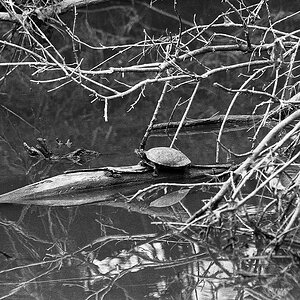hamlet
No longer a newbie, moving up!
- Joined
- Sep 12, 2013
- Messages
- 2,894
- Reaction score
- 435
- Location
- Belgium
- Can others edit my Photos
- Photos OK to edit
I'm wondering why we need to use the exposure compensation? Why not just use a faster or slower shutter shutter speed to overexposing or underexposing the picture as needed? Aren't these two concepts practically the same thing?
Here is a picture of poof with a white background. This picture is very easily underexposed because the camera can think it is too bright.

If i just bump up the iso to make things brighter instead of touching the exposure compensation.
Here is a picture of poof with a white background. This picture is very easily underexposed because the camera can think it is too bright.

If i just bump up the iso to make things brighter instead of touching the exposure compensation.
Last edited:





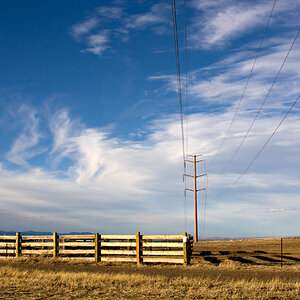
![[No title]](/data/xfmg/thumbnail/30/30886-4d4f2b370f36c175a23901cc8689aea4.jpg?1619734498)
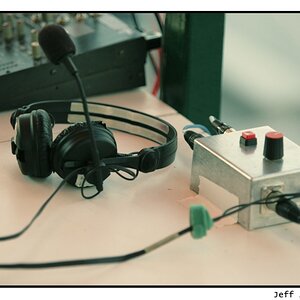

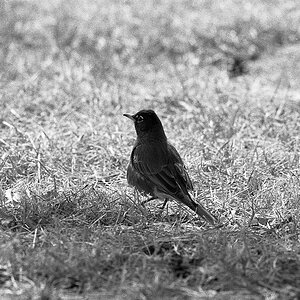

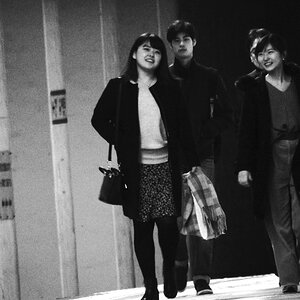
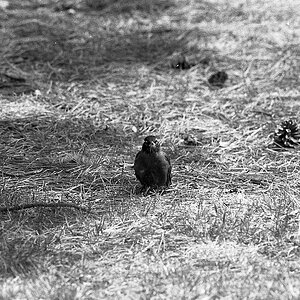

![[No title]](/data/xfmg/thumbnail/41/41780-5efe87aed04575de7c09b065d70763ae.jpg?1619739890)
